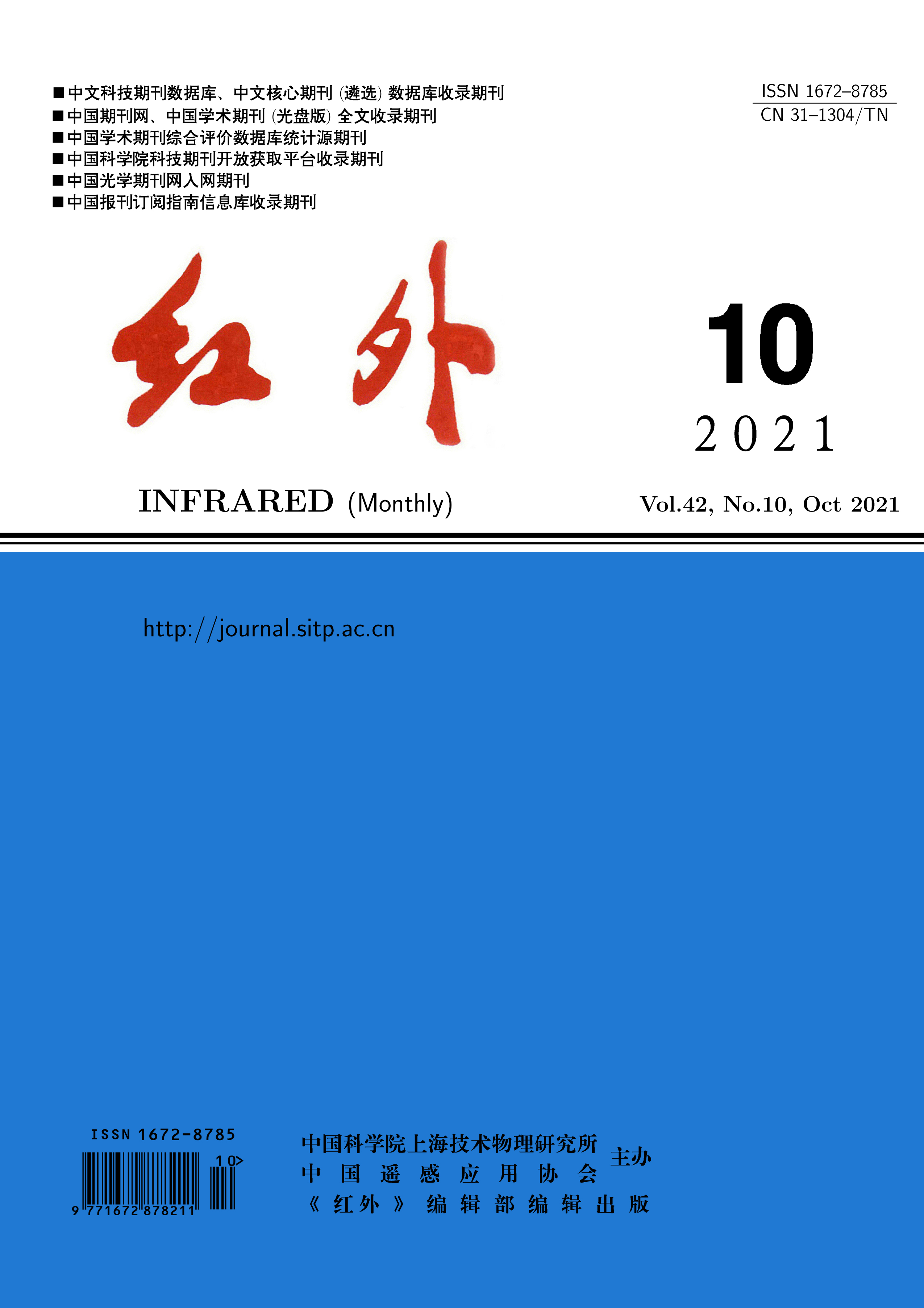
The imaging quality of space infrared telescope depends on the cryogenic environment. In this environment, strict requirements are placed on the structure of the mirror and its supporting structure. The current passive supporting structures of telescopes at home and abroad (such as bipod, hexapod and whiffle-tree structures) are introduced, and then the active supporting structure forms of domestic and foreign telescopes and the principle of actuators are analyzed and explained. Through the analysis of the active and passive supporting structures of domestic and foreign telescopes, the two are compared, and their advantages, disadvantages and applicable fields are pointed out. Two methods for realizing athermalized supporting structure are proposed. For the segmented telescope, the combined supporting form of whiffle-tree structure and actuator is used. For the monolithic telescope, the combined supporting form of whiffle-tree structure, A-frame structure and actuator is used.
Low-light-level night vision equipment has good concealment and lower cost than infrared thermal imaging equipment. It is an important means to expand the visual perception of the human eyes under low illumination conditions and is widely used in military and civilian fields. The development of the low-light-level night vision head-mounted system of the US military is reviewed. Meanwhile, the characteristics and development trends of the US military′s AN/AVS series, AN/PVS series, low-light/infrared fusion night vision goggles, clip-on thermal imager, ground panoramic night vision goggle, enhanced night vision goggle-binocular, and integrated visual augmentation system are analyzed. Furthermore, the development prospect of low-light-level night vision head-mounted system in high-performance image intensifiers, solid-state low-light-level night vision technology, and low-light/infrared fusion technology is discussed, which provides a reference for the development of domestic low-light-level night vision head-mounted system.
In order to meet the functional requirements for autofocusing in different scenarios, the advantages and disadvantages of various existing autofocus implementation schemes are evaluated and analyzed. A focusing scheme based on corner detection algorithm is proposed. The sharpness of the image can be judged by detecting the number of corners in the image. According to the performance of the FPGA image processing system of the thermal imager, the algorithm is improved and optimized. A real-time focusing method for multi-threshold corner detection is proposed. According to the focusing state of the current scene, the thermal imager can independently determine whether to perform the focusing operation to meet the needs of different detection scenarios, and finally realize the real-time automatic focusing function of the thermal imager in different scenarios.
In order to make the user experience good, it is necessary to design a human-computer interface that is more in line with the needs of the project. Through the research on the interface technology of the Qt framework, a beautiful and concise interface is designed and realized. The key mechanisms and core technologies are described, as well as the advantages and disadvantages of other interface tools of Qt. The design method, function realization and infrared image processing application of the system graphical interface are described in in sections. After the system operation test, the design and function have reached the expected requirements, and the user interface has the characteristics of friendly interaction, strong robustness, stable operation and portability. It has fully verified the feasibility and effectiveness of the project implementation. In the future, it is expected to realize data processing through ARM platform underlying drivers, etc., and improve and optimize the handheld observation equipment.
An online evaluation method for electrical contact reliability of in-service aircraft based on infrared characteristics is proposed. The long-term vibration, corrosion, high temperature and other environmental loads of in-service aircraft lead to the deterioration of the surface condition of the electrical contact carrier, and its degree is often difficult to quantitatively evaluate. Firstly, it is found that the spotty characteristics cause the decrease of contact resistance and other reliability indexes through model mechanism analysis. Then a certain torque load spectrum is applied to a certain type of electric contact carrier, so as to obtain the "thermal" information of the electric contact part in real time. Under the condition of low load and near rated load, the speckle characteristics appear obviously with the change of load state. It is concluded that the maximum temperature in the area of thermal contraction line, the density of isotherms, the area of connected region and the degree of boundary blurring as the characterization indexes can reflect the actual attenuation degree of mechanical load applied on electrical contact surfaces. So it can be used as an effective evaluation method for the deterioration degree of contact resistance of aircraft in service.
The convective initiation, convective flow area, and convective monitoring of the strong convective weather process in Shanghai during the flood season of 2018--2019 are comprehensively analyzed based on strong convective monitoring products, mesoscale numerical forecasts and conventional ground-based observations on the FY4A satellite. The effects of different satellite products in the severe convective weather warnings are also analyzed. The results show that: (1) the convective incipient product of the FY4A satellite is comparable to high-sensitivity radar in the monitoring of local convection. In some weather processes, the timeliness of convective prediction is higher than that of radar detection, and the predicted location of convective initiation is close to the actual location of convective initiation in spatial distribution and morphology. Based on the cloud top temperature change, convection incipient products can also predict the development and weakening trend of convection. (2) The FY4A lightning product and the convection incipient product have a good consistency in both time and fall area. FY4A lightning observation mainly focuses on the convective initiation and convective intensification, which has certain indicative significance for convective prediction. (3) The combination of relevant products on FY4A satellite, mesoscale numerical forecasts and ground routine observation data can be used for the intelligent analysis of short-term weather, and effectively make up for the lack of routine observation data. It also acts as a good indicator in the initial convection, convection area and convection monitoring so as to improve the efficiency of short strong convective weather warning.










